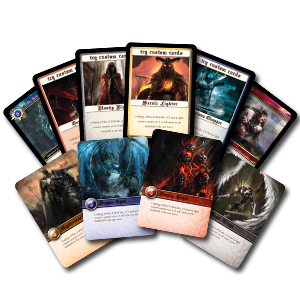Trading cards have evolved from simple childhood treasures into significant cultural and financial collectibles. From sports legends immortalized in glossy finishes to fantasy creatures brought to life by stunning designs, the trading card industry is thriving like never before. But behind the scenes of those collector-worthy cards lies an intricate process of high-quality printing that ensures their durability, visual appeal, and authenticity.
Creating high-quality trading cards is no longer a task limited to massive production houses. Advanced printing technologies and streamlined workflows now make it accessible and easy for businesses, individuals, and independent creators to produce top-tier cards. Curious about the key trends and statistics shaping Trading card printing? Here’s an insider’s look into this booming market.
A Growing Market in Trading Cards
The global trading card market is experiencing unprecedented growth, with a valuation of approximately $13 billion in 2022, projected to hit $98 billion by 2032. Whether it’s sports cards, Pokémon cards, or niche tabletop gaming cards, collectors and enthusiasts are driving demand.
What’s fueling this growth? Two key factors stand out:
- Nostalgia and Sentimental Value: Fans of trading cards often seek to relive cherished memories from their childhood.
- Investments and ROI: Many cards, such as rare rookie sports cards or limited-edition gaming cards, hold immense resale value, making them lucrative assets in auctions.
With demand at an all-time high, the need for reliable, high-quality card printing services has become essential for creators looking to tap into this vast market.
The Technology Behind Premium Card Printing
State-of-the-art technologies play a crucial role in ensuring that trading cards meet modern standards for aesthetics and durability. Digital and offset printing techniques lead the charge, ensuring vibrant colors, precise detailing, and smooth finishes.
Key advancements include:
- High-Definition Printing: Precision graphics with sharp contrasts increase the memorabilia appeal of trading cards.
- Lamination and Coating Options: Matte, glossy, or holographic finishes not only enhance aesthetics but protect cards from fading or scratching.
- Custom Die Cuts and Foiling: Unique shapes, borders, and embossed metallic accents give some cards their high-end collectible status.
Major brands are increasingly opting for eco-friendly inks and recyclable materials to reduce waste while meeting collectible-grade quality expectations.
Simplifying the Process for Creators
Gone are the days when trading card production required massive orders and extensive budgets. With user-friendly platforms and custom printing services, small batches or personalized designs have become widely accessible. Small businesses and independent artists can now bring their unique visions to life with minimal hassle.
Here’s how companies are making trading card printing simpler:
- Online Design Tools: Intuitive online platforms allow creators to upload artwork, configure designs, and visualize prototypes instantly.
- No Minimum Order Quantities: Many services accommodate even the smallest runs of custom trading cards.
- Fast Turnarounds: Advanced facilities now offer rapid production and shipping options, meeting tight deadlines for releases or events.
Elevating the Collector Experience
Ultimately, trading card printing isn’t just about the aesthetics—it’s about creating tangible works of art that tell a story and build emotional connections. Whether you’re crafting a collectible series or launching a game, the right printing approach ensures your cards stand out in this rapidly growing industry.





